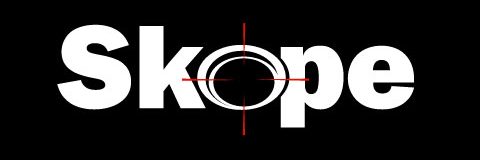For decades, Friday has been the sacred drop date for new music. Every major label, streaming platform, and chart system has treated it as gospel — the day when the world collectively refreshes Spotify’s “New Music Friday” playlist and the hype cycle resets.
But here’s the truth: in 2025, Friday release day feels overcrowded, outdated, and creatively limiting.
When the IFPI standardized Friday in 2015, it made sense. A unified global release day was meant to fight piracy and create fairer charts. But now, it’s become a digital traffic jam. Tens of thousands of tracks drop every Friday, from superstar albums to indie singles, all fighting for the same fleeting attention span. Unless you’re Drake, Taylor Swift, or Beyoncé, your release gets swallowed by the noise before the weekend even starts.
Meanwhile, the way we discover music has completely changed. Fans aren’t waiting for Friday anymore — they’re finding songs through TikTok clips, YouTube Shorts, and algorithm-driven playlists that update daily. The culture of discovery is always on.
Independent artists are starting to wise up. Midweek drops — especially on Tuesdays or Wednesdays — are quietly outperforming Fridays in engagement and press attention. Fewer releases mean less competition for playlist placement, blog coverage, and even listener bandwidth. A Tuesday release gives you a clear runway before the Friday flood.
Streaming and social media have made music discovery borderless and timeless. The day doesn’t matter — the moment does.
So maybe it’s time to ditch the idea that Friday is the only day that counts. Music isn’t about fitting into the system — it’s about breaking through it.
In 2025, the smart move isn’t to play by the industry’s old rules — it’s to rewrite them.
